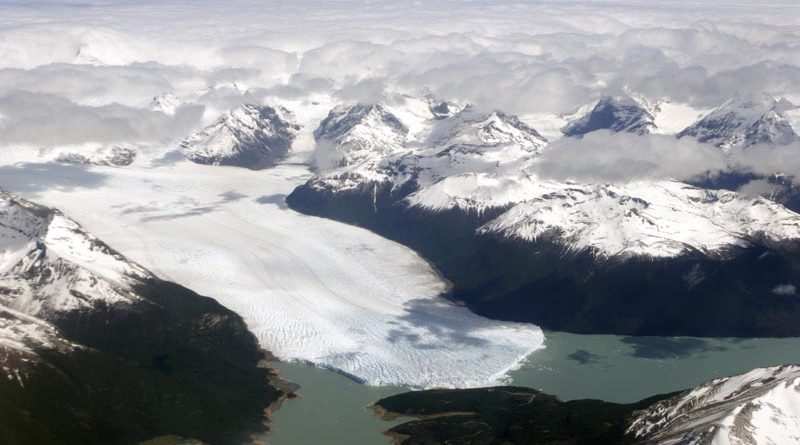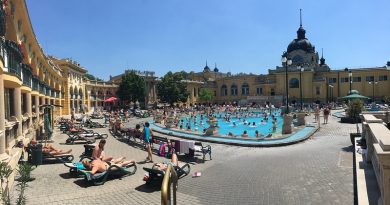Destinations: New South Wales
Blue Mountains
The Blue Mountains thwarted the initial exploration attempts of the early settlers, but are now easily accessible by road or train 40 miles inland from Sydney. Providing a popular retreat from urban life, as well as abseiling, mountain biking, canyoning, rock-climbing and endless bushwalking trails, the Mountains take their name from the bluish eucalyptus-oil haze that envelops them. The Blue Mountains can be considerably chillier than coastal Sydney and are a favourite destination for Yuletide celebrations (Christmas in July) when roaring fires and falls of snow evoke traditional European Christmas’. Don’t miss stunning views of the Three Sisters, a triple-peaked rock formation, or the nearby Jenolan Caves, a limestone system of which parts are still unexplored.
Byron Bay
Byron Bay, both alternative lifestyle mecca and millionaires’ playground, is situated at the northern end of the NSW coast. The most easterly point of Australia is here, so the area is a favourite spot to watch the sun rise, especially on New Years Day. Surfers of all abilities congregate in the legendary waves, frequently accompanied by dolphins and migrating whales. Conscientious campaigning has prevented any fast-food chain from rearing its ugly head here, so the range of vegetarian & organic food on offer is vast and mouth-watering. The beautiful golden beaches are thronged with just as beautiful golden bodies, but if you get sick of lying around in the glorious sun and taking in the view, you’ll find plenty of activities to enhance the feel-good factor that is so evident here. Try hang-gliding from the cliffs, scuba diving 2 miles off shore at the Julian Rocks marine park, or delving into the countless alternative treatments and therapies on offer.
Broken Hill
Far away in the NSW outback, Broken Hill is a mining town providing a fascinating look into the history of this industry in Australia and the growth of trade unionism. Elements of the Australian psyche that are fast disappearing from more cosmopolitan areas are still in evidence here – hard yakka (work), heavy drinking and a roughness of approach to life that has been shaped by the harshness of the surrounding landscape. Yet this same environment, with its desert light, red soil and endless blue sky has also provided inspiration to countless artists, so a thriving art colony with studios and galleries exists cheek-by-jowl with the more rugged sensibilities of the other locals.
Mungo National Park
While you are exploring the NSW outback, be sure not to miss Mungo National Park. One of the most important archaeological sites in Australia, the area is one of now-dry lakes containing evidence of Aboriginal life dating back at least 40,000 years. The park is famed for a 19-mile dunescape known as the Walls of China – rising against the desert sky, their edges dissolving in heat haze, a constant west wind moves the dunes eastwards and reveals ever more archaeological finds – human remains, fossils and artefacts. Wildlife abounds here, and the area provides many opportunities for camping and hiking.
Port Stephens
About 160 miles north of Sydney, a large, sheltered shallow bay forms the centre of coastal haven Port Stephens. About 80 resident bottlenose dolphins frolic in the waters, surfing the waves off the front of the numerous charter boats on the harbour. Friendly, curious and accustomed to interaction with humans, they can almost always be observed from the decks – or at even closer range if the boat has a boom net to climb into so that you are actually in the water with them. The area is also a popular viewing point for the tropical migration of about 3,500 humpback whales in the months of May to July and their return to the Antarctic in the spring. Just inland, wine tasting tours and incredible gastronomy are on offer in the Hunter Valley, New South Wales’ premier wine-growing region, which can be explored by bike, horse-drawn carriage or hot air balloon.
Snowy Mountains
Alpine New South Wales can be discovered in the Snowy Mountains which, during the ski season (June to September), provides skiing and boarding thrills and spills and a buzzing apres-ski scene that benefits from being far more laid back than its European counterparts. The 1.7 million acre Kosciuszko National Park is here, housing Australia’s eponymous highest peak. At 7000ft, Mt Kosciuszko may be small by Himalayan standards – locals refer to it affectionately as the “Nipple of Australia” – but it is a satisfying and stunning trek to the top in the warmer months when a blaze of wildflowers carpets the area. Almost any outdoor pursuit – mountain biking, camping, fishing, horseriding, boating and hiking, to name just a few – can be enjoyed here, all surrounded by dramatic high-country scenery and an abundance of wildlife. The “Snowys” are also the home of the Snowy Mountain HydroElectric Scheme, an important piece of Australian engineering history, which still powers much of eastern mainland Australia today.
Article By Sarah Rodrigues




